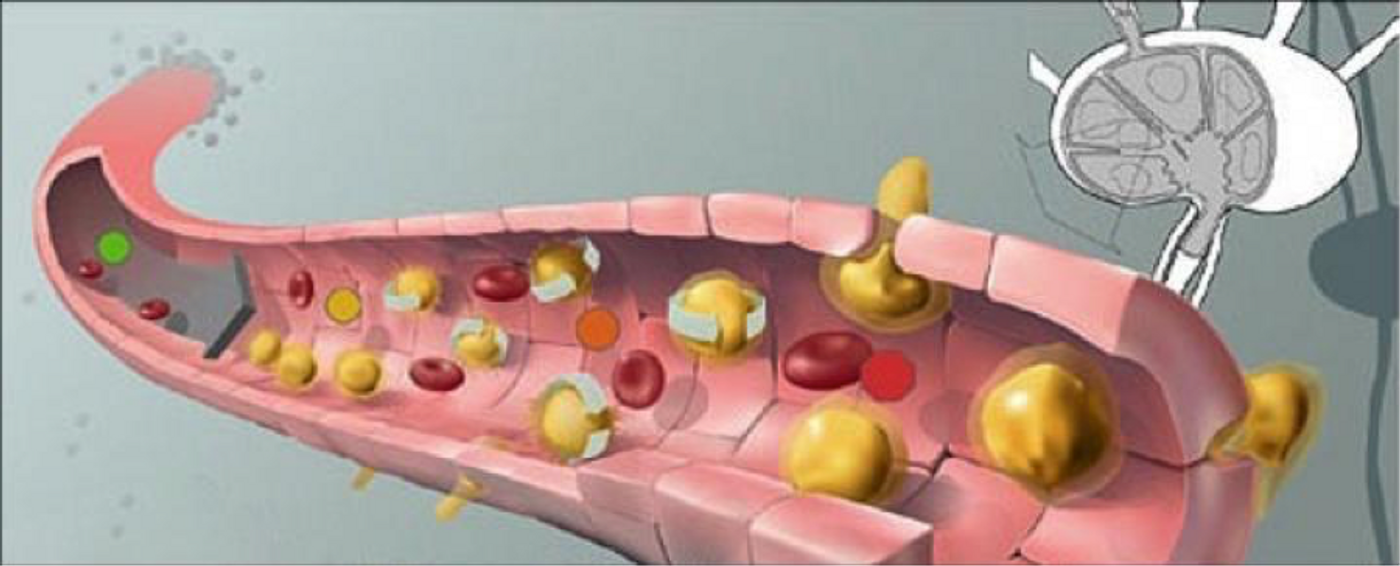In an effort to nip lymphomas before it becomes lethal to patients, scientists at the University of Geneva have developed a new way to
block the cancer’s migration. This process locks the cancer cells and prevents spread to the lymphatic system.

Cancer of the blood can be a frightening diagnosis. Lymphomas occur when lymphocytes (white blood cells) turn malignant. It usually starts in a lymphoid organ, such as the lymph node, spleen, or bone marrow, and then infiltrates other organs and tissues. The Leukemia and Lymphoma Society estimates that over 81,000 new patients will be diagnosed with lymphoma this year in the U.S.
Malignant lymphocytes become dangerous when they circulate in the blood and travel to the lymphatic system. There, the cancerous cells can cause swelling of the lymph nodes and disrupt normal metabolic processes.
But before they arrive at the lymph system, scientists say the cancerous lymphocytes are not yet dangerous. “Since they cannot survive in the blood for long, these malignant cells are compelled to find a more accommodating environment - such as the lymphatic system - where they can proliferate,” said Thomas Matthes, professor at the University of Geneva and senior study author. “We decided to focus on this Achilles heel by containing them in the blood so as to prevent any resulting harm,” he further explained.
Indeed, the team learned that cancerous lymphocytes leave the confines of the blood vessels by expressing a surface protein known as JAM-C. This protein acts like a pass, allowing the mutant cells to get through the endothelial cells that line blood vessels.
The team then developed an antibody against JAM-C. This protein targets JAM-C and essentially makes the surface protein unrecognizable to the endothelial cell guards. Essentially, the antibody, named H225, revoked the mutant cells’ ability to migrate out of blood vessels.
In experiments, the team showed H225 decreased the cancer cells’ migration to the lymphs by over 50 percent. “H225 also significantly limited cell proliferation, even when tumor cells had already settled in the lymphatic system. In our mice, we observed the nearly-complete disappearance of already-present tumor cells in the organs,” Matthes added.
There are nearly 790,000 people currently living with, or recovering from, lymphoma in the U.S. The survival rate from lymphoma is increasing, but only thanks to new research such as this that exploit the cancer’s weaknesses to patients’ advantage.
Additional source:
University of Geneva press release




















































